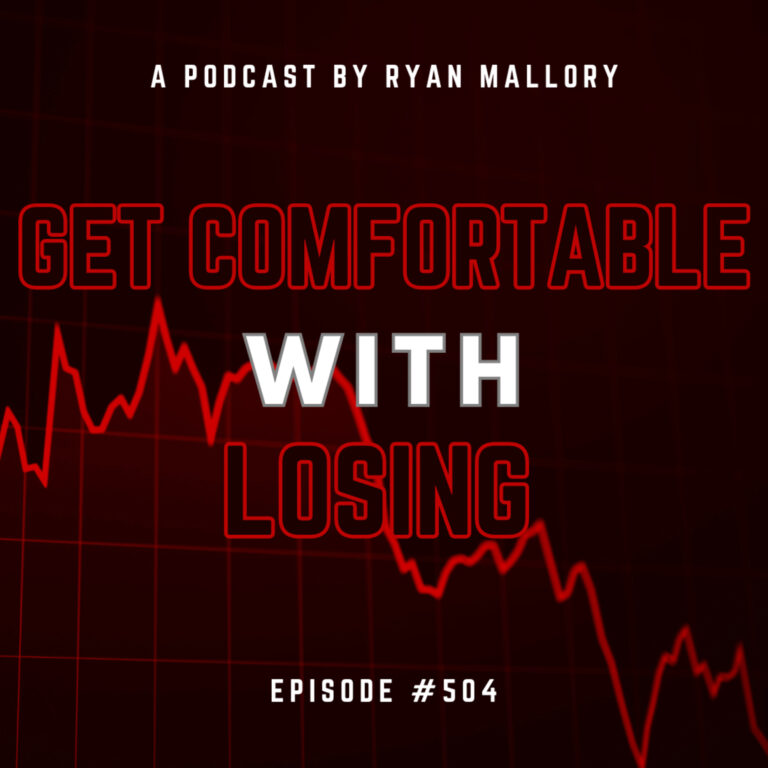Rough year for about 99.9 of investors, and while Shareplanner managed to finish the year well in the green unlike most of its competitors, it still had challenges of its own (we’ll be publishing soon, Shareplanner’s 2008 Trading Results). In a year where losses for Wall Street ran out of control, we managed risk extremely well, and we traded and closed roughly 100 positions on the year.
With that said, there is always room for improvement, and to our subscribers, we are continuing each and every day to improve our trading methods and strategies in an effort to bring you better value for your subscription. So here we go with our Top 10 (and only 10) trading goals for the new year.
1. Average a 63% average on the number of Successful Trades – We managed to pull off about 50% of our trades as winners. Which is by far and large rather good for the market that were were in last year. However, we hold high expectations, and believe that we could have done better, and will seek to do so this year.
2. Average at least 12% on winning trades – In 2008 we averaged about 10.4% on all of our winning trades. Not bad at all for us Swing Traders. But like anything there is room for improvement, and a return of 12% on our winning trades is feasible, but our timing on our entries will have to be even better.
3. Average less than 6% on losing trades – Last year we averaged about -7% on all of our losses. When the market is down more than 40% on the year, to manage your losing trades to only -7% is remarkable, but there are identified areas of improvements. For instance, on many of our losing trades, we were not patient enough to allow the stock price to come down to our ideal entry level, which often caused us to have a greater percentage loss on our stops. This has to improve, and we will show greater patience to allow us to narrow our losses.
4. Keep stocks that have a profit from turning into a loser – this didn’t happen much last year, but we would like to avoid this at all costs. If there is one thing that we despise more than anything else, that is to let a stock that you have a fair amount of profits in, turn against you, and you wind up taking a loss on the position. One of the greatest reasons for this happening is when you are afraid of being stopped-out prematurely and as a result, you keep a loose stop-loss on order. While we never lowered our stop-loss, there was a few times on the year where we, when looking back, were not aggressive enough in raising our stop-loss. We will do that more so this year, even if it means we get stopped out prematurely at times. This applies to any stock that has 5% or more in profits.
5. Be more active on the Trading Notes section of the Member’s Only Area – Speaks for itself.
6. Shorten the time frame we hold stocks to an average of less than two weeks – the longer you hold on to a stock or ETF, especially in the current market environment that we are in, the greater the likelihood, that you will end up eventually closing the position in the red. Better said, the longer the time frame is of a holding, the greater the risk you will be exposing your portfolio to, especially if it is a short position.
Thus, we will limit positions to only two weeks. That doesn’t mean however that if we have a stock that is breaking out, and increasing in value each and everyday, that we will close out the position for the sake of time, instead we will continue to ride the stock upwards, until it stalls out, and then we will close out our position.
7. Manage to beat all the major indices (i.e. Dow, Nasdaq, and S&P) by 20% or more – We will primarily track ourselves against the S&P 500 index, followed by the Nasdaq. We handedly beat the market last year but we desire to do it every year without excuse.
8. Cut the Losses Short – No matter how good you are at trading, losses do occur, and occur quite frequently. When you are in a market a volatile as today’s market, you have to take special care in order to prevent losses from getting out of control. In 2008, we did a superb job at keeping losses to a minimal, and our goal will be to do the same again this year.
9. Publish more articles outside of the regular Market Analysis – Last year the majority of articles that we published was on the Daily Market Analysis. While this proved invaluable to many, we would also like to add more articles on subjects that are relavent beyond just a particular day in the market. So we will look to add more articles about market strategy, trade setups, etc. First up, will be to analyze every trade on a technical basis for our readers (likely in posts of five positions at a time).
10. Finish the year up at least 30% – While this can change, we consider the 30% to be a minimal. If the market indices go up by 50%, then it is our goal to finish up 70%, but at a minimal, no matter what the outcome of the market is, we want to finish up 30%.

Welcome to Swing Trading the Stock Market Podcast!
I want you to become a better trader, and you know what? You absolutely can!
Commit these three rules to memory and to your trading:
#1: Manage the RISK ALWAYS!
#2: Keep the Losses Small
#3: Do #1 & #2 and the profits will take care of themselves.
That’s right, successful swing-trading is about managing the risk, and with Swing Trading the Stock Market podcast, I encourage you to email me (ryan@shareplanner.com) your questions, and there’s a good chance I’ll make a future podcast out of your stock market related question.
As swing traders, we have to accept that losing will be a regular part of trading and one that we must accept. In this podcast episode, Ryan explains how a trader who isn't comfortable with losing is a losing trader. If you're not comfortable with losing in the stock market, you'll never find real success as a trader either.
Be sure to check out my Swing-Trading offering through SharePlanner that goes hand-in-hand with my podcast, offering all of the research, charts and technical analysis on the stock market and individual stocks, not to mention my personal watch-lists, reviews and regular updates on the most popular stocks, including the all-important big tech stocks. Check it out now at: https://www.shareplanner.com/premium-plans
📈 START SWING-TRADING WITH ME! 📈
Click here to subscribe: https://shareplanner.com/tradingblock
— — — — — — — — —
💻 STOCK MARKET TRAINING COURSES 💻
Click here for all of my training courses: https://www.shareplanner.com/trading-academy
– The A-Z of the Self-Made Trader –https://www.shareplanner.com/the-a-z-of-the-self-made-trader
– The Winning Watch-List — https://www.shareplanner.com/winning-watchlist
– Patterns to Profits — https://www.shareplanner.com/patterns-to-profits
– Get 1-on-1 Coaching — https://www.shareplanner.com/coaching
— — — — — — — — —
❤️ SUBSCRIBE TO MY YOUTUBE CHANNEL 📺
Click here to subscribe: https://www.youtube.com/shareplanner?sub_confirmation=1
🎧 LISTEN TO MY PODCAST 🎵
Click here to listen to my podcast: https://open.spotify.com/show/5Nn7MhTB9HJSyQ0C6bMKXI
— — — — — — — — —
💰 FREE RESOURCES 💰
— — — — — — — — —
🛠 TOOLS OF THE TRADE 🛠
Software I use (TC2000): https://bit.ly/2HBdnBm
— — — — — — — — —
📱 FOLLOW SHAREPLANNER ON SOCIAL MEDIA 📱
*Disclaimer: Ryan Mallory is not a financial adviser and this podcast is for entertainment purposes only. Consult your financial adviser before making any decisions.




